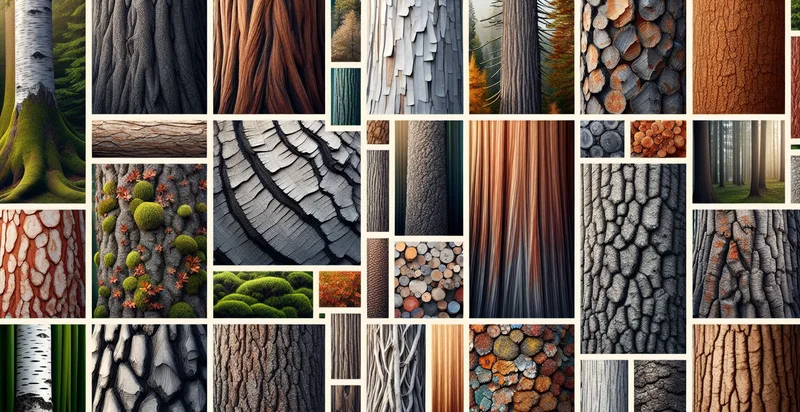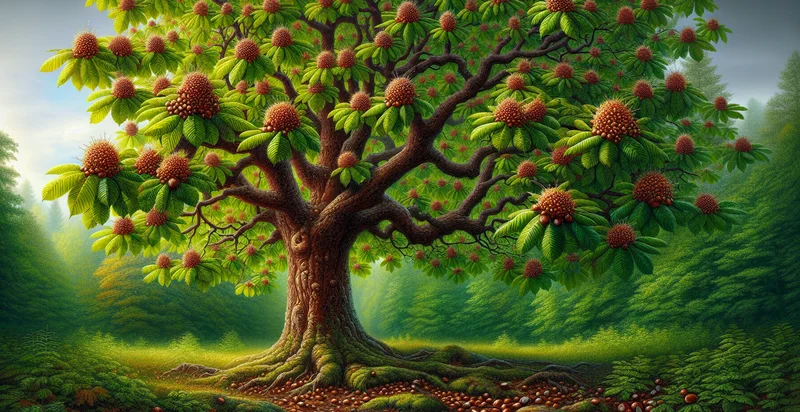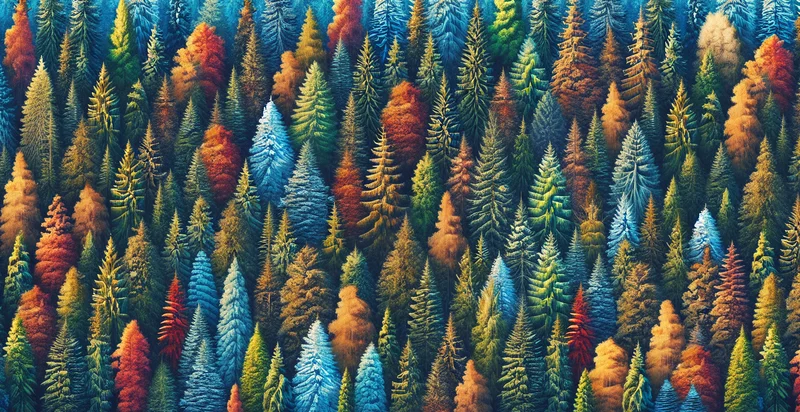Identify tree types by bark
using AI
Below is a free classifier to identify tree types by bark. Just upload your image, and our AI will predict what type of tree it is based on its bark - in just seconds.

Contact us for API access
Or, use Nyckel to build highly-accurate custom classifiers in just minutes. No PhD required.
Get started
import nyckel
credentials = nyckel.Credentials("YOUR_CLIENT_ID", "YOUR_CLIENT_SECRET")
nyckel.invoke("tree-types-by-bark", "your_image_url", credentials)
fetch('https://www.nyckel.com/v1/functions/tree-types-by-bark/invoke', {
method: 'POST',
headers: {
'Authorization': 'Bearer ' + 'YOUR_BEARER_TOKEN',
'Content-Type': 'application/json',
},
body: JSON.stringify(
{"data": "your_image_url"}
)
})
.then(response => response.json())
.then(data => console.log(data));
curl -X POST \
-H "Content-Type: application/json" \
-H "Authorization: Bearer YOUR_BEARER_TOKEN" \
-d '{"data": "your_image_url"}' \
https://www.nyckel.com/v1/functions/tree-types-by-bark/invoke
How this classifier works
To start, upload your image. Our AI tool will then predict what type of tree it is based on its bark.
This pretrained image model uses a Nyckel-created dataset and has 25 labels, including Brittle, Corky, Fibrous, Flaky, Furrowed, Glistening, Grooved, Hallowed, Knotted and Laminated.
We'll also show a confidence score (the higher the number, the more confident the AI model is around what type of tree it is based on its bark).
Whether you're just curious or building tree types by bark detection into your application, we hope our classifier proves helpful.
Related Classifiers
Need to identify tree types by bark at scale?
Get API or Zapier access to this classifier for free. It's perfect for:
- Tree Species Identification for Arborists: This function can assist arborists in accurately identifying tree species based on their bark characteristics. By classifying trees through their bark, professionals can make informed decisions about care, disease management, and preservation efforts.
- Educational Tool for Botany Students: Botany curriculums can utilize this feature to teach students about the diversity of tree species. By allowing students to engage with real-life classifications, they can enhance their understanding of taxonomy and biodiversity.
- Urban Planning and Management: City planners can use this function to catalog and monitor tree species within urban environments. Accurate identification aids in managing urban green spaces, ensuring biodiversity, and recognizing which species might contribute to air quality and climate resilience.
- Forestry Industry Applications: The forestry sector can leverage this bark identification system for better inventory management and sustainable harvesting practices. Understanding tree species yields insights into growth patterns and suitability for timber production.
- Environmental Conservation Projects: NGOs and conservationists can use this tool to identify and monitor at-risk tree species in their habitats. By classifying trees through their bark, efforts to restore ecosystems can be made more efficient, focusing on endemic or endangered species.
- Landscaping and Gardening Services: Landscape architects and gardening services can employ this function to select appropriate tree species for various environments based on bark characteristics. This identification supports aesthetic choices as well as ecological compatibility, ensuring optimal growth.
- Mobile Applications for Nature Enthusiasts: Developers can incorporate this image classification function into mobile apps designed for nature lovers and hikers. Users can take pictures of tree bark during their outdoor activities, quickly learning about the species and fostering a deeper appreciation for natural biodiversity.


